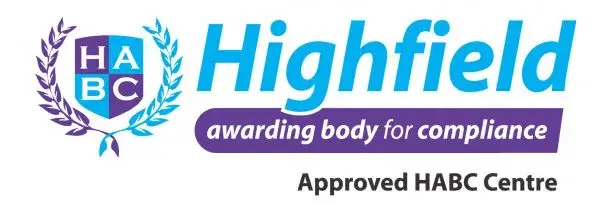If you’re an employee, manager, supervisor or owner of a catering business, you undoubtedly know that there are 14 allergens responsible for the majority of allergic reactions.

The 14 most common allergens
- Cereals containing gluten — including wheat (such as spelt and Khorasan), rye, barley and oats
- Crustaceans
- Eggs
- Fish
- Peanuts
- Soya
- Milk — including lactose
- Tree nuts — including almonds, hazelnuts, walnuts, brazil nuts, cashews, pecans, pistachios and macadamia nuts
- Celery
- Mustard
- Sesame seeds
- Sulphur dioxide & sulphites
- Lupin
- Molluscs
When we run training courses, webinars, and coach catering businesses, we’re almost always asked about four allergens on the list: lupin, sulphur dioxide, crustaceans and molluscs.
So here’s what you need to know about these misunderstood, but equally serious, allergens.
What is lupin?
Lupinus (sometimes called “Lupine”, but most commonly known as “Lupin”) is a genus of a flowering plant.
Lupin is in the same plant family as peanuts. Its seeds are crushed to make flour, which is found in speciality bread, battered foods and pastry products like pies and pizzas.
- You may like: Understanding food safety and allergens
Although less well-known than peanuts, lupin contains similar allergens, which means it can cause an allergic reaction with similar symptoms, including hives, difficulty breathing, abdominal pain, and in extreme cases, anaphylactic shock.
The fact that lupin is less well-known as an allergen than peanuts, but is still very common in foods, possibly makes it even more dangerous. As a catering business owner or employee, it’s important to make sure you’re aware of lupin in your products so you can label them appropriately and give your customers accurate information.
For more information, read Lupin Allergy: The Facts, published by the Anaphylaxis Campaign.
What is sulphur dioxide?
Sulphur dioxide is a chemical compound and the toxic gas responsible for the smell of burnt matches.
It is released naturally by volcanic activity and produced as a by-product of copper extraction and the burning of fossil fuels contaminated with a sulphur compound.
And yes, it is also used in foods!
Specifically, sulphur dioxide can be found in dried fruits, vegetables, soft drinks and alcoholic beverages like wine and beer. Why? Because it is an effective antioxidant and preservative.
Ingested in recommended concentrations, sulphur dioxide does not usually cause any problems. But even then, when diluted, it can cause a reaction in those with asthma or a sensitivity.
It’s for this reason that around 90% of asthmatics say that their symptoms are worsened by drinking ‘soft drinks’.
What is a crustacean?
Crustaceans and molluscs used to be combined in a single allergen category, ‘shellfish’.
Their separation has caused some confusion.
So what is a crustacean?
Crustacean is the scientific name for a group of animals including crabs, lobsters, crayfish, shrimps, prawns and krill.
Although most crustaceans are aquatic animals, some are terrestrial (e.g. woodlice), parasitic (e.g. fish lice) and some are sessile (e.g. barnacles).
Well, we do hope you aren’t planning to serve your customers woodlice any time soon. But then again, fried woodlice are a delicacy in some areas of Africa, so who knows?
What is a mollusc?
Mollusca is the second-largest category of invertebrate animals. Its members are most commonly known as molluscs (or “mollusks” in North America).
There are around 85,000 species of molluscs, but edible molluscs relevant to the catering industry include foods like mussels, clams and whelks.
Molluscs also include foods like land snails and escargot.
How to handle allergens when Natasha’s Law comes into effect
As you undoubtedly know, Natasha’s Law—introduced after Natasha Ednan-Laperouse died following the ingestion of sesame seeds not listed in the ingredients of a baguette—will come into effect in October 2021.
The new law requires food businesses to:
- Emphasise allergens on product ingredient lists
- Enable customers to speak to the person who made/packed the product about its ingredients
Obviously, to emphasise allergens and have conversations about your foods with customers, an understanding of allergens is a prerequisite. But it’s only the start…
Free 15-minute food allergens webinar
We recently ran a live 15-minute webinar, hosted by Buddy Academy’s Training Manager, Terry Rothero, for food business owners and employees, including:
- How to prepare for Natasha’s Law
- Facts about food allergies
- Food labelling for ingredients and allergens
- Controlling allergenic hazards
- And more!
A free recording of the food allergens webinar is available here.


